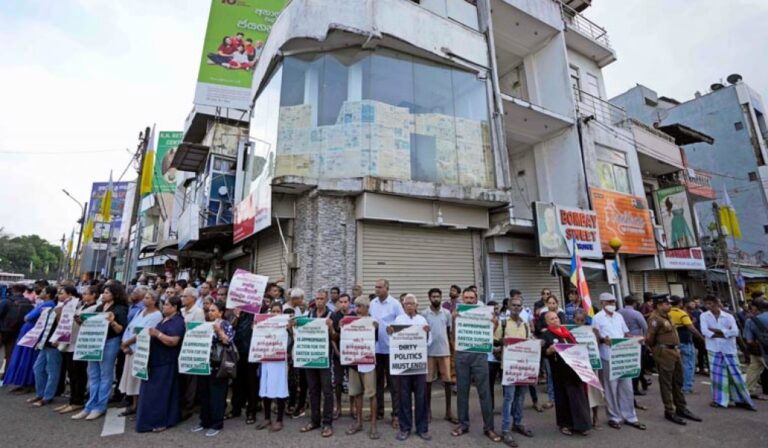Extreme dry spells across the Central-South U.S. have been creeping in over the past few months, resulting in nearly two-thirds of Texas, Oklahoma, Arkansas, Mississippi, Louisiana and Tennessee being in some degree of drought.
As of September 19, 65 percent of these states were under drought conditions, with 15 percent under “severe drought”; 19 percent under “extreme drought”; and 15 percent under “exceptional drought”, according to data from the U.S. Drought Monitor. Only three months ago, on June 20, only 20 percent of these states were in drought, with 4 percent “severe”, 1 percent “extreme” and 0.22 percent “exceptional.”
The worst-hit states are Texas, Louisiana and Mississippi: 82 percent of Texas, 100 of Louisiana, and 70 of Mississippi are under some degree of drought; only three months ago, the states were 22.81 percent, 15.48 percent and 0 percent in drought, respectively.
The reasons for this rapid-onset drought is due to a strong, persistent, and stationary area of high pressure that has sat over the region for much of the summer, experts said.
“This has led to a greatly reduced precipitation and elevated temperatures, especially for cities like San Antonio, Austin, Dallas,” Jeffrey Basara, chair of the department of environmental, earth, and atmospheric sciences at the University of Massachusetts Lowell, told Newsweek.
“What is causing the strong ridge (blocking high) is a bit difficult to pin down as the environment has transitioned from La Niña to El Niño, and those associated impacts have been lessened during this window of time,” Basara said. “However, it is likely that we are seeing a strong feedback between the land surface and the atmosphere, which can keep such features in place and exacerbate/perpetuate the conditions.” This is known as a flash drought, due to the speed at which the extreme dry conditions descend.
“We’ve seen extreme changes from non-drought to exceptional drought (D4: the worst kind) in one to two months. When this occurs, industries that depend on surface water can be greatly impacted, especially agriculture. Flash drought is also challenging to forecast/predict but can lead to significant ecological and socioeconomic impacts as it tends to catch planners off guard,” Basara added.
Flash droughts leave soil and vegetation extremely dry, due to moisture having evaporated from the ground. This puts these regions at major risk of wildfires, as well as a number of other issues for people in the area.
“While Texas is not new to drought conditions, the intensity of this current drought is notable and is causing worrying conditions for fire hazards, agricultural productivity, and even human health,” Erica Smithwick, a distinguished professor of geography and ecosystem ecology, told Newsweek.
In hot, dry climates, people are at risk of heatstroke when they go outside during the day.
“There are physiological limits to how the human body cools itself, and extended exposure to hot and dry conditions can lead to unsafe conditions, especially for vulnerable people such as children and the elderly,” Smithwick said. “It’s really important to stay cool, drink water, and limit exposure to the sun and high heat; particularly challenging for people who work outside.”
This drought is here to stay for now, as the pressure system causing the drought is not going to be moving anytime soon.
“Looking forward, it’s likely that conditions will persist into the near future as the stationary ridge (blocking high) is forecasted to remain in place,” Basara said. “However, there is hope in the extended period. The growing El Niño conditions and influence into the fall and winter are typically associated with increased precipitation, compared to normal, over this very region. Thus, we are likely to see drought recovery in the extended period.”
These extremely dry conditions are likely to persist into the fall, however, due to the amount of time needed to restore water into the soil of a drought-ridden region.
“While El Niño may bring some storms into the region to relieve the conditions, it is likely to take some time for the soils and groundwater to completely recharge. In California, for example, we’ve seen that it can take many years of wet conditions to provide relief from very intense drought conditions,” Smithwick said.
Source: News Week







